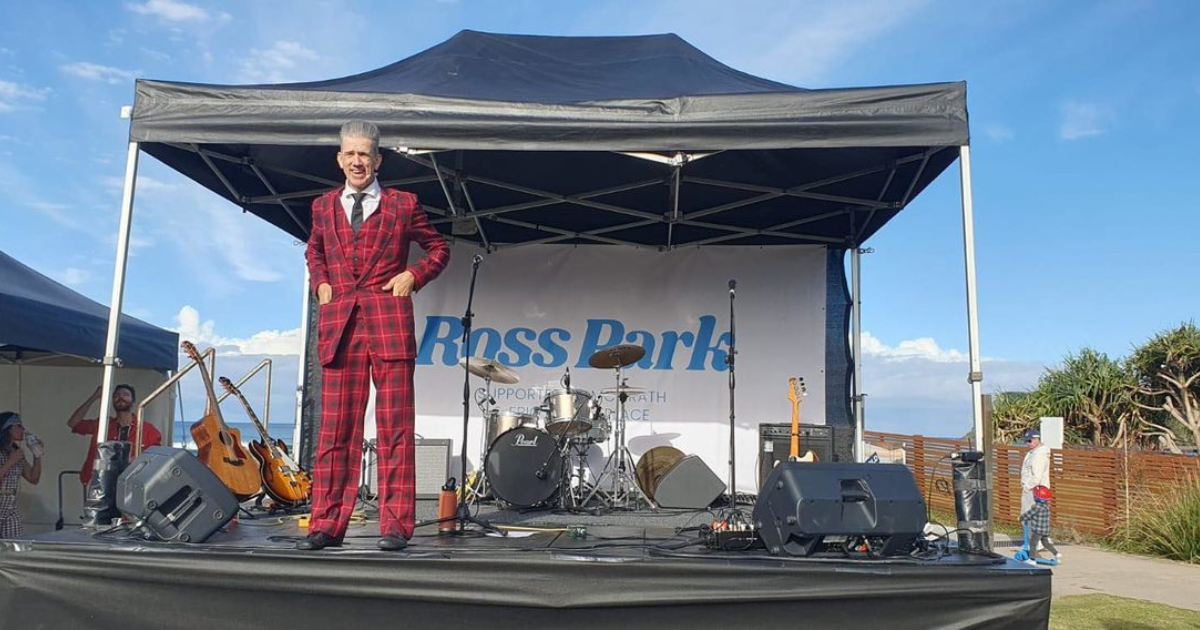NSW beaches poised to combat turtle ‘man drought’
NSW has recorded its highest number of sea turtle nesting events on record this season, with the vast majority occurring in the Northern Rivers region.
This milestone is being partly attributed to a dedicated rescue and conservation effort, including the innovative use of improvised incubators made from eskies, which helped protect turtle eggs from the impacts of Ex-Tropical Cyclone Alfred.
While Queensland remains home to the largest number of sea turtle nesting sites in Australia, NSW TurtleWatch project officer Merryn Dunleavy said that sea turtle nesting along the NSW coastline has been occurring — albeit in small numbers — since the early 1900s.
“While marine turtle nests are not considered ‘common’ in NSW, with rising global temperatures, beaches along the NSW coastline may provide refugia for threatened marine turtles to nest,” she said. “NSW can provide beaches with potentially low anthropogenic light pollution, minimal human impact and cooler incubation temperatures.”

In most turtle species, the gender of the offspring is determined by the temperature of the nest during incubation. Warmer temperatures during incubation generally produce female turtles, while cooler temperatures produce males.
“In other places in Australia, such as Queensland, there is a suggested feminisation of marine turtle nests, meaning due to the increased temperatures, most of the hatchlings being produced are females,” Miss Dunleavy said. “NSW may be increasingly important in the future with climate change, in that we offer lower overall beach temperatures, producing mostly male hatchlings.”
While it was once believed that sea turtles return to the exact beach where they were born to nest, scientists now understand that they tend to return to the general area.

NSW TurtleWatch is aiming to collect long-term data to determine whether a southern shift in nesting patterns is already occurring as an adaptive response to climate change — and whether this trend is likely to continue.
Since 2019, the organisation has been monitoring marine turtle nesting activity. This season, 24 nesting events were recorded — 18 of which were successful. The remaining six were classified as false crawls, where a female turtle comes ashore and attempts to nest, but ultimately returns to the ocean without laying eggs.
“There can be a number of reasons why a turtle may false crawl, including erosion on the beach, debris or obstacles, sand condition, lighting, a disturbance,” Miss Dunleavy said.
Of the 24 nesting events recorded in NSW, 21 occurred in the Northern Rivers region, of which 15 were successful.

As Ex-Tropical Cyclone Alfred approached in early March, NSW TurtleWatch conducted the largest turtle egg rescue operation in the state’s history. Eggs from nine beaches, stretching from south of Port Macquarie to Tweed Heads, were relocated to protect them from being washed away or damaged by debris, pollution or unstable incubation temperatures.
Due to the dangerous and deteriorating conditions, most of the rescued eggs were placed in incubators for the remainder of their development.
A shortage of available commercial incubators led to the creation of custom-made alternatives — eskies filled with sand, heat pads, thermostats and temperature monitors. NSW TurtleWatch also borrowed commercial incubators from Australian Seabird and Turtle Rescue in Ballina.
“After each of the different clutches was incubated and the hatchlings had emerged inside the incubator, we transferred each of them back to the beach where the initial nest was laid for release,” Miss Dunleavy said.

In total, 1,248 marine turtle eggs were rescued by the two organisations, with support from the NSW National Parks and Wildlife Service, which monitors and protect marine turtle nests under the Marine Estate Management Strategy.
From the 906 eggs collected from Northern Rivers nests, 846 hatchlings were successfully released—representing a 93 per cent success rate. This is comparable to, or even better than, the success rate of natural incubation.
In northern NSW, turtle season starts in November, with hatchlings emerging from nests up until June. “We have a longer season than Queensland because our cooler sand temperatures mean we have longer natural incubation periods for our nests,” Miss Dunleavy said.



















